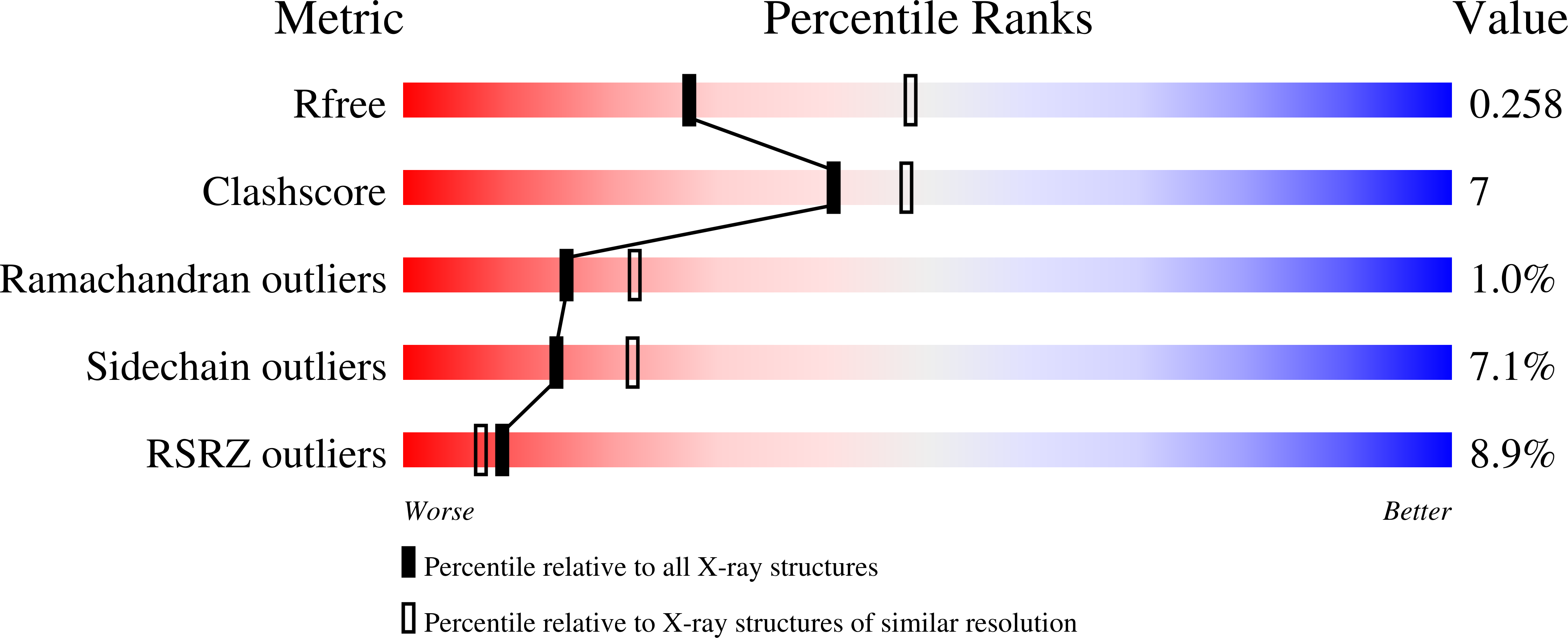
Deposition Date
2019-07-11
Release Date
2020-08-26
Last Version Date
2022-12-07
Entry Detail
PDB ID:
6S99
Keywords:
Title:
Dimethylated fusion protein of RSL and trimeric coiled coil in complex with cucurbit[7]uril
Biological Source:
Source Organism:
Ralstonia solanacearum (Taxon ID: 305)
Host Organism:
Method Details:
Experimental Method:
Resolution:
2.65 Å
R-Value Free:
0.25
R-Value Work:
0.22
R-Value Observed:
0.22
Space Group:
P 1


